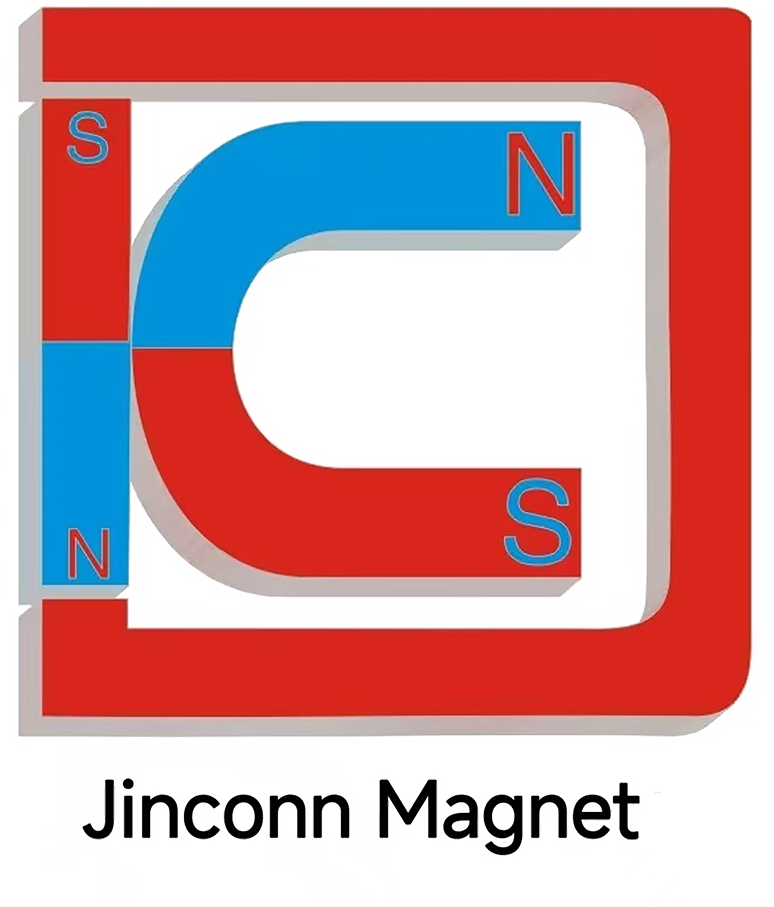Performance Breakthroughs in Rare-Earth-Free Magnets: Meeting Industrial Demands
Performance Breakthroughs in Rare-Earth-Free Magnets: Meeting Industrial Demands
The push toward rare-earth-free permanent magnets has accelerated significant advances in magnetic material science and manufacturing. As industries seek eco-friendly and cost-effective alternatives to rare-earth-based magnets, the focus has shifted to unlocking the full potential of ferrite, Alnico, and novel composite materials. These innovations are yielding performance breakthroughs that make rare-earth-free magnets viable for an ever-wider range of applications.
Improving High Temperature Resistance and Corrosion Resistance
Historically, one of the limitations of rare-earth-free magnets has been their lower performance under extreme environmental conditions. However, new advances in material processing and surface engineering are closing this gap. Researchers are optimizing the microstructure of ferrite and Alnico magnets, dramatically increasing their high temperature resistance. As a result, these magnets can now function reliably in demanding applications such as automotive engines, industrial automation, and renewable energy systems.
Corrosion resistance is another area of intense development. State-of-the-art coatings and protective treatments are being applied to rare-earth-free magnets, ensuring their durability in humid, saline, and chemically aggressive environments. The synergy between high temperature resistance and corrosion resistance is now allowing these magnets to replace rare-earth-based alternatives in harsh operating conditions.
Achieving High Coercivity and Strong Stability
Industrial and scientific communities have made substantial progress in enhancing the high coercivity and strong stability of rare-earth-free magnets. Through controlled grain growth, chemical doping, and advanced sintering techniques, manufacturers are producing magnets that resist demagnetization and maintain consistent performance under fluctuating loads.
These advancements are especially important in fields like green energy, where turbines and generators require magnets with both high coercivity and high stability for uninterrupted operation. Custom magnet solutions available for these sectors are now built to meet these exacting standards.
Enhancing Strong Adhesion and Expanding Custom Solutions
One of the most important technological leaps in rare-earth-free magnet development is in coating adhesion. New binder chemistries and surface treatment protocols have led to strong adhesion between the protective layer and the magnet substrate. This strong adhesion not only boosts corrosion resistance but also extends the service life of the magnet in challenging applications.
The trend toward offering custom magnet solutions available for a variety of industry needs has also accelerated. Engineers can now design magnets with specialized shapes, tailored coating systems, and unique performance characteristics, giving customers the flexibility to integrate rare-earth-free magnets into advanced designs.
Expanding Application Frontiers
These performance improvements are making rare-earth-free magnets a preferred choice for more and more industries, including home appliances, electric motors, robotics, water treatment, and automotive sensors. Each of these applications benefits from high temperature resistance, corrosion resistance, high coercivity, and strong stability.
As development continues, rare-earth-free magnets are set to become a cornerstone of sustainable technology and next-generation engineering.




Jinconn WeChat









